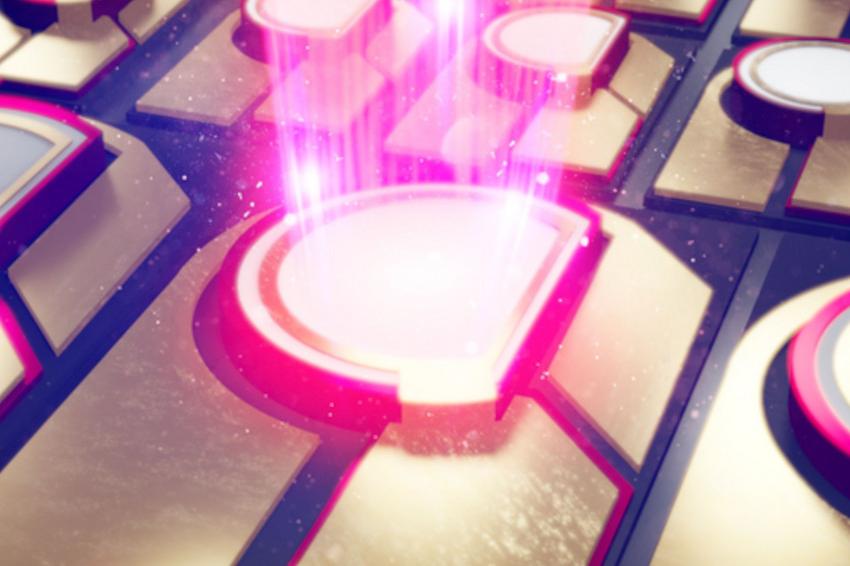Improving lasers with chaotic cavities
29.03.2023 - New class of laser array for high-quality illumination and high-speed communication.
An easy way of altering compact semiconductor lasers to make them more practical for illumination and holography has been demonstrated by scientists of the King Abdullah University of Science & Technology KAUST in Saudi Arabia. They improves a vertical-cavity surface emitting laser (VCSEL). These are built by precisely placing, or growing, alternating layers of semiconductor on a substrate to create a highly reflective stack. The active material is then grown on top, followed by a second reflective stack. Laser light can then be emitted from the top of the device.
VCSELs are advantageous because hundreds can be created and used on the same substrate at the same time. But the beam is prone to a speckle-like profile, which makes it unsuitable for applications such as lighting, holography, projection and displays. These require uniform light in the plane perpendicular to the direction of beam propagation. The speckles originate from the highly ordered nature of the cavity, which allows only a small number of modes, or light-ray trajectories, to be emitted. “VCSELs utilize an ordered cavity that allows the resonance of light in only a small number of modes with exceptionally high efficiency,” explains Omar Alkhazragi. “The photons in these modes interfere with each other, resulting in speckles and low illumination quality.”
Alkhazragi and colleagues, together with co-workers from China, have shown that speckles can be reduced in laser light from VCSELs simply by changing the shape of the device to break the symmetry of the cavity. This introduces chaotic behavior in the generated light and allows the emission of more modes. Alkhazragi and the team investigated VCSELs with a D-shaped cavity and compared it with those with the standard cylindrical, or O-shaped, geometry. They observed that the D-shaped devices exhibited substantially reduced coherence and a corresponding 60 percent increase in optical power, which is the maximum achievable.
The researchers attribute this improvement to the chaotic dynamics of the rays of light within the cavity. Since light is emitted in mutually incoherent modes, the visibility of the speckles is reduced. “Machine learning could help design cavities that further maximize the number of modes, lower the coherence and thus reduce speckle density to below human perception,” says Alkhazragi. (Source: KAUST)
Link: Photonics Laboratory, King Abdullah University of Science and Technology KAUST, Thuwal, Saudi Arabia







